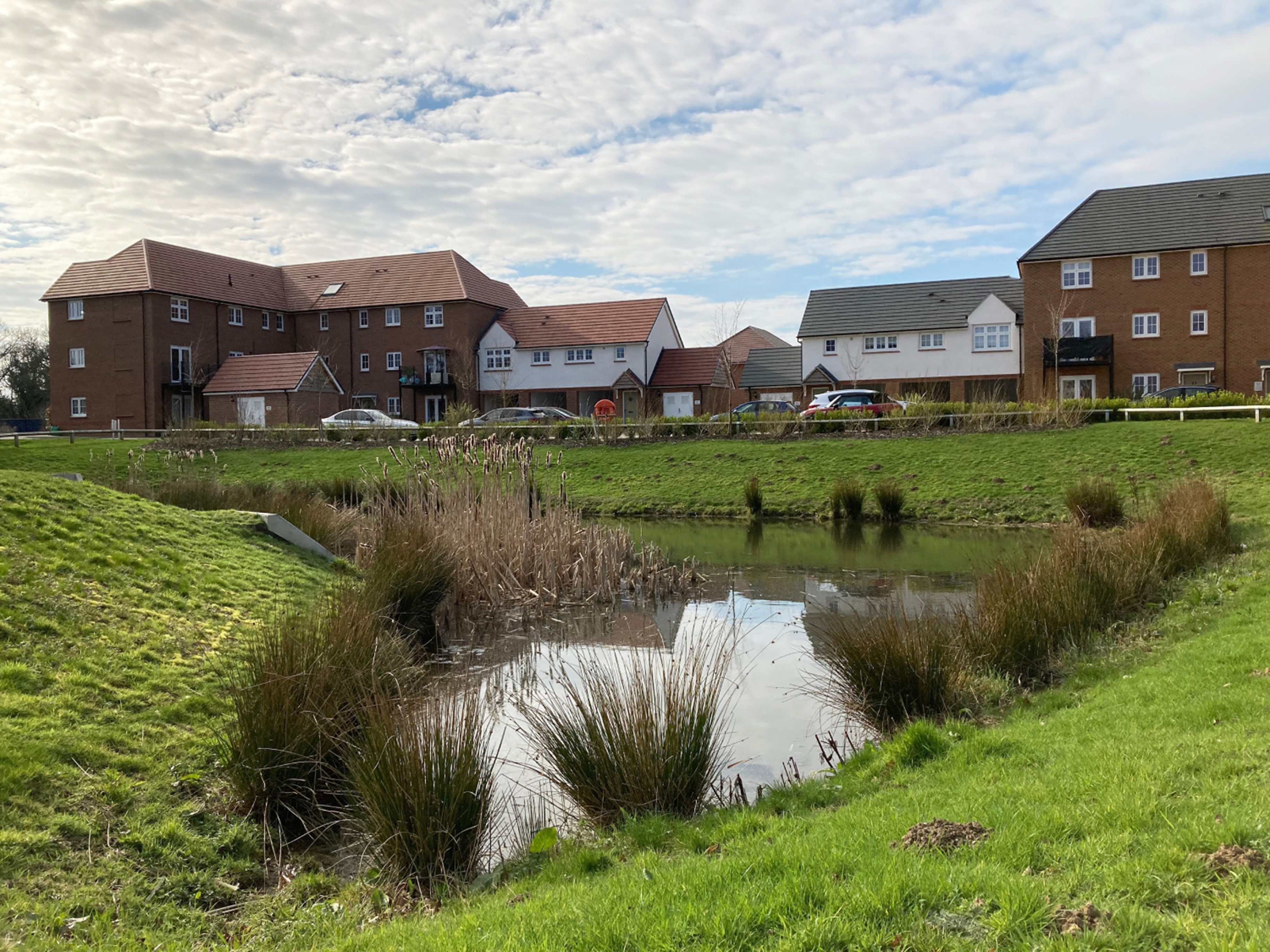

Roads, pavements and carriageways are being enhanced with rain gardens and tree canopies to combat climate change.
Join other savvy professionals just like you at CIHT. We are committed to fulfilling your professional development needs throughout your career
By Johnny Sharp
Although measures are being put in place to guard against climate-related issue such as extreme heat, flooding, storm damage and high winds, the UK’s streets serve a dual purpose of creating better environments in which to live and work.
Matt Tompsett, Head of Environment and Sustainability at Keir Transportation (pictured), puts an emphasis on ecosystem service value (ESV) – the worth, which can roughly be calculated down to pounds and pence, of the benefits to society nature can offer for free.
“If you have a lot of trees on your streets, then they have a shading effect, whether that’s on your house, your street or your car, ensuring you don’t need to pay for air conditioning to keep them cool,” he states. “Similarly, if you have a heavy downpour, a tree canopy has another ecosystem service – storm water attenuation. It holds the rain in its canopy, and a lot of that water just evaporates straight from its canopy and it never hits the street.”
This is one reason why Tompsett stresses the vital role green spaces can play. New initiatives on this front include rain gardens or sustainable urban drainage systems (SuDS), which are now being installed around the UK.
These areas of greenery and plantation can stand high levels of waterlogging, so when they are positioned adjacent to roads and walkways, storm waters run into them and help prevent serious flooding.
Keir have recently been working with Transport for London (TfL) to build the capital’s largest SuDS in the formerly derelict pedestrian Joe Strummer subway under the Marylebone flyover.

As with so many innovations when it comes to addressing climate change, the big stumbling blocks are invariably budgetary. But Tompsett argues that this need not be prohibitive in relative terms.
“I don't necessarily think it's going to cost any more than covering it with asphalt or concrete, or whatever it would have been traditionally. Throwing a load of soil or wood chips and growing a few plants isn't necessarily going to be that much more costly,” he says.
Meanwhile, other benefits are less immediately evident: “With the rain gardens, for instance, there's a biodiversity value, because you'll have pollinating insects buzzing around and possibly birds.
“All the people are living in these houses, they're walking past every day and interacting with the green space, and there are scientific proven social benefits to this. It’s better for the mental health and wellbeing of people living and working there.”

Tompsett feels positive about businesses’ attitude towards tackling the climate emergency and addressing issues such as resilience and feels it’s now a priority rather than a PR move for any company involved in transportation.
“Just in the last five years, we've seen a real step change. It’s business-critical now. If we can't seriously demonstrate carbon reduction, how we're doing it, and how we're going to achieve our targets, then we won't win any new work, and we won't be trading in 10 years’ time,” he concludes.
Read more: Increasing and protecting biodiversity within transport planning.
Image: a detention pond in Wokingham, UK; credit: Shutterstock.
Join other savvy professionals just like you at CIHT. We are committed to fulfilling your professional development needs throughout your career
{{item.AuthorName}} {{item.AuthorName}} says on {{item.DateFormattedString}}: